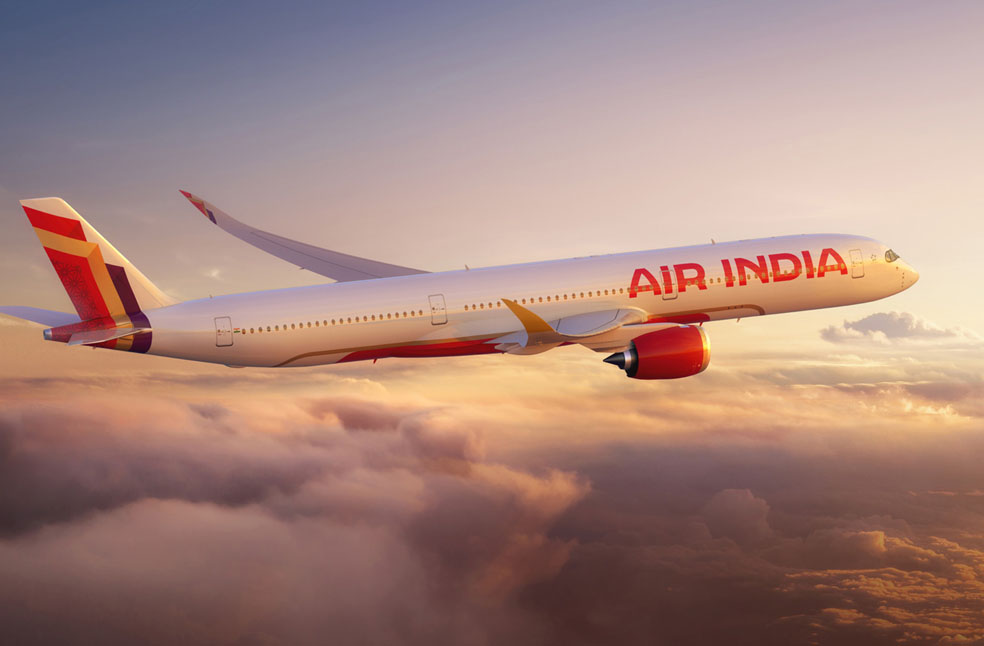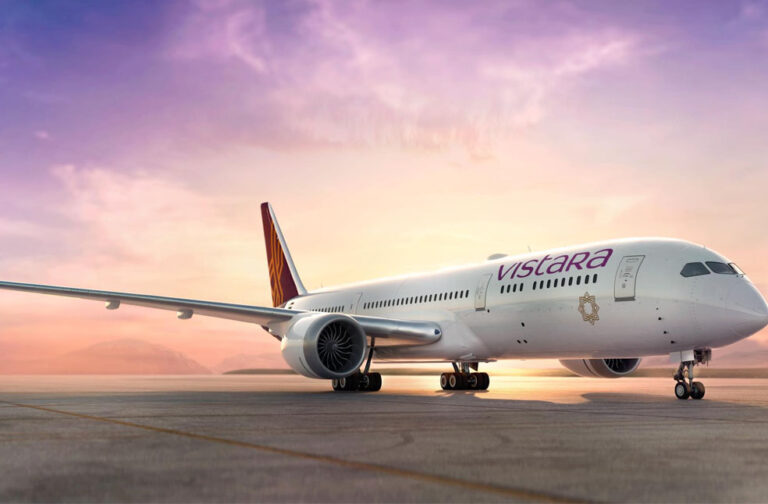New Delhi: Indian full-service carrier Vistara will operate its final flight on 11th of November after nine years of service.
The airline, a joint venture between Singapore Airlines and Tata Sons, will merge with Tata-owned Air India, creating a single entity with a larger network and fleet.
As part of the merger, Vistara’s operations, including helpdesk kiosks and ticketing offices, will be integrated into Air India, with ongoing efforts to transfer Vistara’s existing passengers and loyalty programs to Air India.
While the merger has raised concerns over potential service disruptions, Tata Group has reassured customers that Vistara’s renowned in-flight experience will remain intact.
Vistara, praised for its high ratings in food quality, service, and cabin comfort, has built a loyal following, and the decision to retire its brand has sparked backlash from fans and experts alike.

The retirement of Vistara leaves a significant gap in the Indian aviation market for a premium, full-service carrier. In response, Tata Group has announced a $400 million program to upgrade the interiors of its older aircraft, along with a new livery and large orders for new Airbus and Boeing planes to enhance the airline’s offerings.
The challenge for the newly merged Air India will be to offer customers a consistent and elevated flying experience. With a fleet of nearly 300 aircraft, an expanded network, and a strengthened workforce, the unified Air India group is poised to compete with market leader Indigo.
However, for many loyal Vistara customers, the end of the airline marks the third such gap in India’s premium carrier sector, following the collapse of Kingfisher Airlines and Jet Airways. Whether Air India can successfully fill this void remains to be seen, but the merger certainly signals a new chapter in India’s aviation industry.



